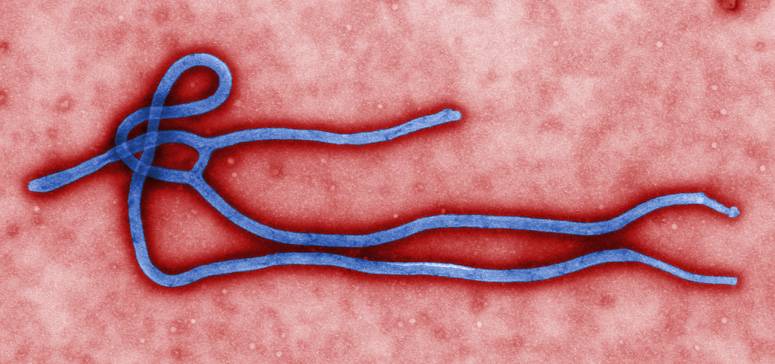I was browsing through the headlines in Flipboard.com this afternoon and found an interesting juxtaposition of articles. I don’t know if this was intentional, but I thought that it was fitting and effectively gave a glimpse into the personal and public side of public health issues–specifically the issue of Ebola. As a public health practitioner, I have focused on the population-based perspective on issues such as the Ebola epidemic in Africa and the current potential threat to health now possible with the death of the first Ebola patient diagnosed in a U.S. hospital. Have all the bases been covered in identifying contacts and following up with necessary investigations? What is the status of approval for effective treatments for Ebola at FDA? Are hospitals and clinics getting equipped and trained to screen for this disease appropriately–a disease that initially resembles many common illnesses like influenza, malaria, and typhus. It is absolutely important for these questions to be asked and answered. A lot of effort has and must continue to occur to prepare for worse case scenarios for Ebola as well as many other potential public health threats. Disease control and prevention is the lock, stock and trade of the public health system. We do our hard, frenzied work up front in preparation and planning; monitoring and informing the public with the prevention of disease as our focus. If the public health system works perfectly, I may never look in the face of a patient afflicted with Ebola in my community. Well, it’s not a perfect world and we do have the opportunity to look our Ebola patient, Thomas Duncan, in the face and be reminded that while we are busy working the systems that will protect us, at an individual level, we are touching lives of individuals and families, each with their own interesting and important stories.
The Business Insider ran two stories today. One was entitled, “Here’s How Many Americans Have Died From Top Causes Since The First Reported Case Of US Ebola.” This article estimates the approximate number of deaths in the US from various causes in the eight days between Sept. 30, when the CDC confirmed that Thomas Duncan had Ebola, and Oct. 8, when he died. For this eight-day period, for example, the article estimates that 13,144 people died from heart disease…compared to 1 person, Thomas Duncan, who has died from Ebola. I applaud this comparison because it provides a snapshot of the relative magnitude of other causes of death and puts the Ebola issue in perspective. It also highlights the importance of addressing these other more prevalent diseases in the U.S.
The other story was entitled, “The Tragic Story Behind The Dallas Ebola Patient Who Just Died,” it provides a peak into the life of Thomas Duncan and his family and, if things worked out as planned, what could have been a perfect ending of another “American dream” story. Whether it was intended by the editors of Business Insider or not, I am still thankful for the subtle reminder this was for me–While it is important to keep public health issues in perspective and work towards the protection of the masses in our disease prevention efforts; it is important to pause to remember that each one that this disease afflicts and each one that we affect with our prevention efforts, has their own face with their own story and dreams.






Leave A Comment